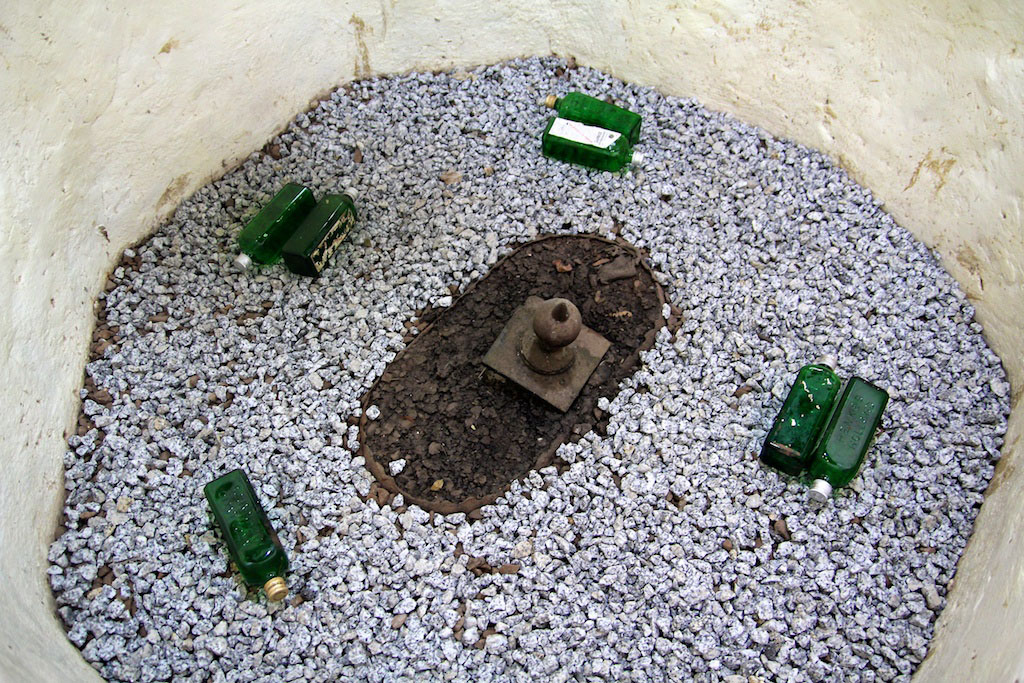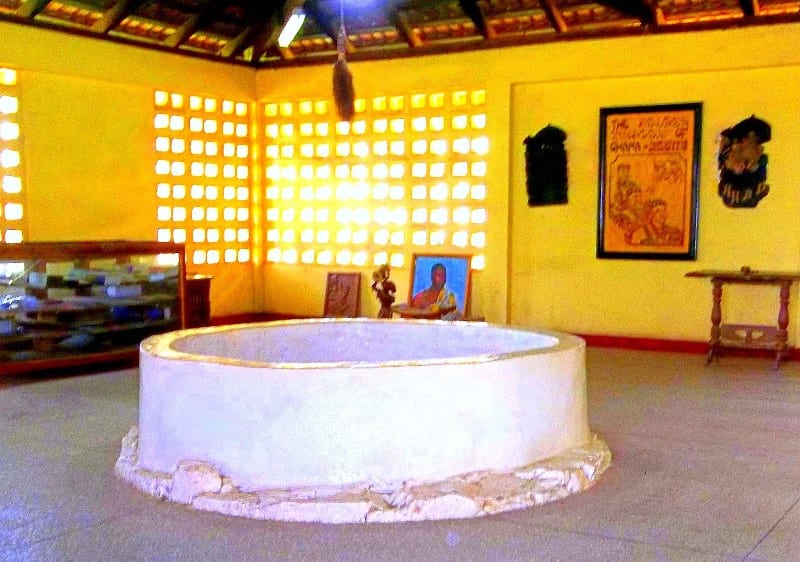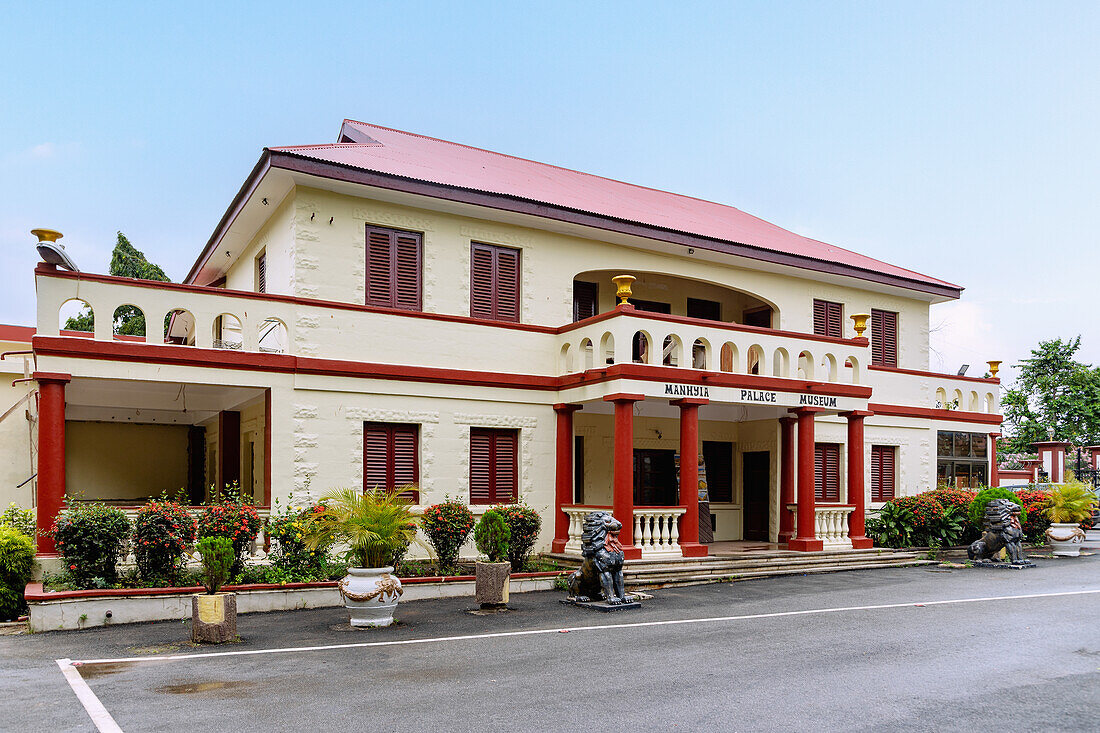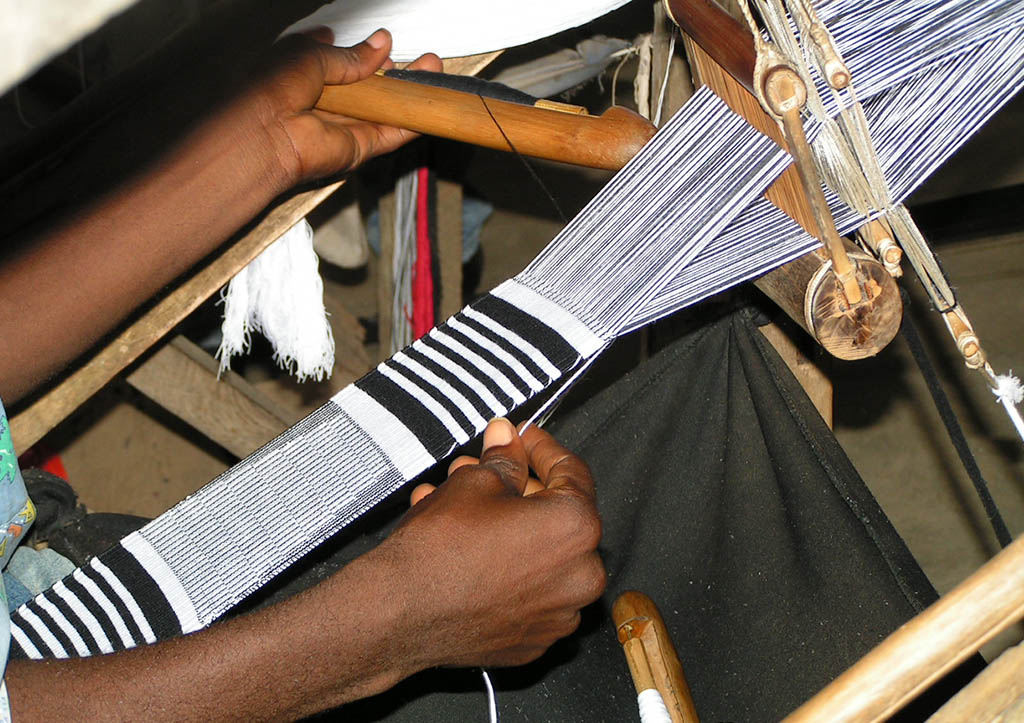Okomfo Anokye Sword Site
Tour snapshot
30 persons
Ashanti Region
Spiritual & Historic Landmark Tours
Overview
A Sword of Unity & Legend
Around 1695, Okomfo Anokye, the famed Ashanti priest and co-founder of the Ashanti Empire, planted a sword deep into the ground in Kumasi. Accompanied by Ashanti chiefs, he symbolized unity by burying hair and fingernails beneath the sword and declaring no one would ever remove it. It remains firmly in place today, a tangible symbol of the kingdom’s spiritual strength and continuity.
Locals revere the location within the grounds of Komfo Anokye Teaching Hospital. Even Muhammad Ali reportedly attempted to pull the sword during his visit without success. Legend holds that removing the sword would bring about the collapse of the Ashanti state.
Historical Significance & Legacy
Okomfo Anokye (c. 1655–1717) helped unify the Akan states under King Osei Tutu I, employing spiritual symbolism and rituals including the Golden Stool, said to descend from heaven to signify divine leadership. His actions formed the foundation of the powerful Ashanti Empire.
The sword site is also associated with the descent of the Golden Stool, anchoring both myth and history in Ashanti identity.
More than a historical landmark, the Okomfo Anokye Sword represents Ashanti unity, spiritual authority, and enduring leadership. It remains integral to the cultural fabric of Kumasi and Ghana, symbolizing both myth and nationhood. The Asantehene still visits the site to pay respect.
Select Dates
{{type.name}}
{{type.desc}}
{{type.display_price}} per person
Guests
Extra prices:
- {{total_price_html}}
- {{pay_now_price_html}}
Guest in maximum
BOOK NOWBook Now






